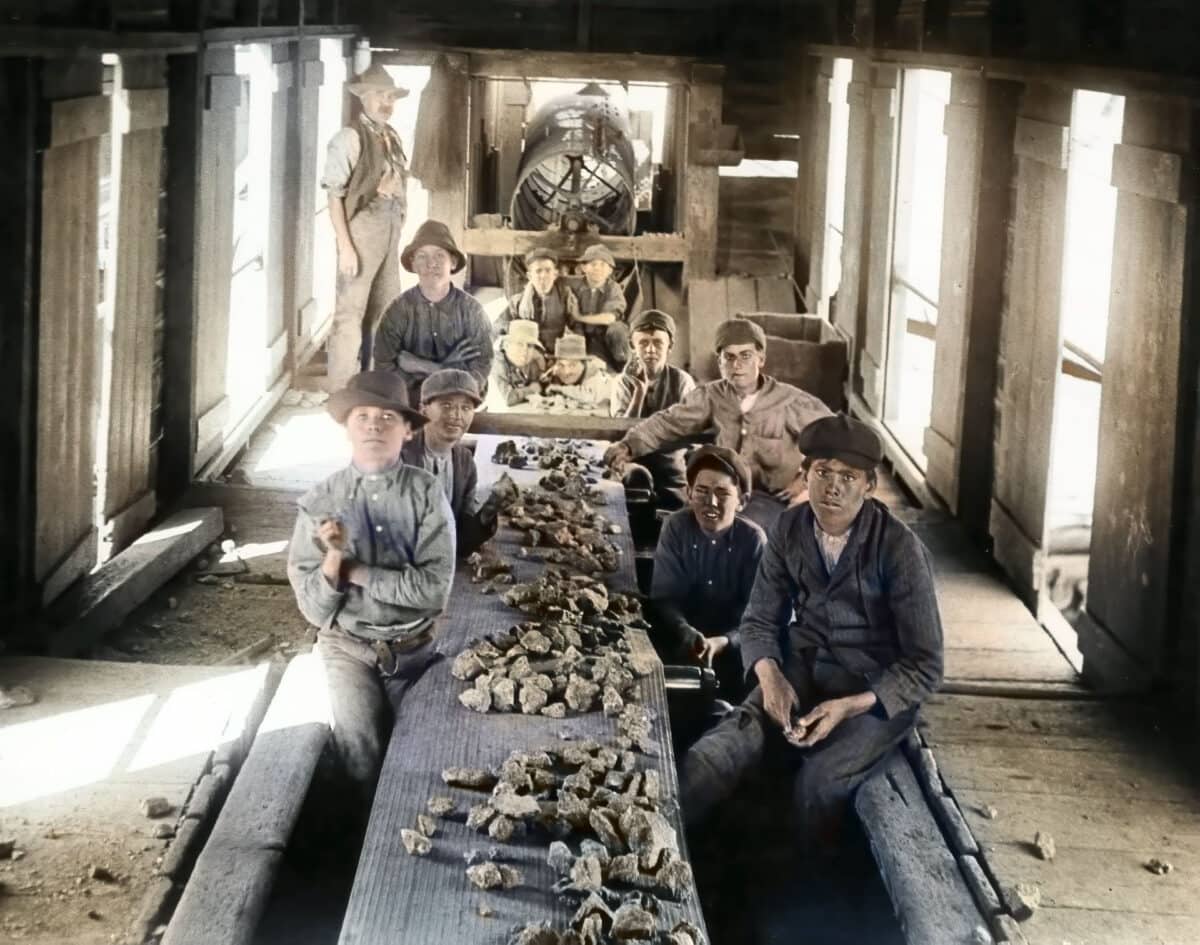Australian Cornish Mining Sites: Moonta
The Cornish Mining Community
Cornish miners flocked to Moonta, bringing not only their Cornish mining technology and methods, but also their social and cultural traditions.
Moonta was coined "Australia's Little Cornwall." Cornish traditions are still celebrated today at the Kernewek Lowender (meaning Cornish happiness). It is said to be the world's largest Cornish festival outside of Cornwall.
Compulsory education was introduced in 1878 when the Moonta Mines Model School opened. The peak enrolment was in 1881 with 1,100 pupils of mainly Cornish extraction. The school served the community for 90 years, closing in 1968. In 1969 it re-opened as a National Trust Museum.
Methodist religion was an important part of mining life. The Moonta Mines Uniting Church was built in 1865 and is still in regular use. It has the largest seating capacity of any church outside of Adelaide.
The settlement of mining areas, by predominantly Cornish miners, evolved in a sudden haphazard form as temporary dwellings were constructed on mining leases adjacent to the mine workings. A lack of social planning and the influence of the Cornish culture led to village settlement patterns, clustered around the mines themselves.
In 1873, the lack of sewage and water services led to a typhoid epidemic which killed as many as 300 people, mainly women and children.
By 1875, the district of Moonta had a population of 12,000 which was the largest town outside of Adelaide in South Australia.
Pickey Boys - Boys as young as 10 years of age, were expected to sort a ton of ore each shift. For this they received just 1 shilling (10 cents) per day, with deductions. They worked under the stern eye of a Captain, who would 'spale' (fine) them for wasting time. The Boys worked until about the age of 14, and then they could work underground. They were required to attend night school and produce tokens to prove attendance in order to work.

The Cornish Piskey was a figment of the imagination of the superstitious Cornish people in centuries past. The Piskey was a mischievous little creature, always laughing at someone or something and ready to play tricks on folk who walked home across a misty moor or along a lonely cliff path. It is said the Piskey folk have the power of being seen, heard and felt and as long as you look after them they will look after you.
Cornish pasty's were a staple miner meal made from whatever meat and filling was available at the time. Sometimes one end would also consist of fruit or sweet. The miners would hang on to the crust, eat what they could and then they'd throw the crust away to ensure no transfer of toxins from fingers to mouth.
